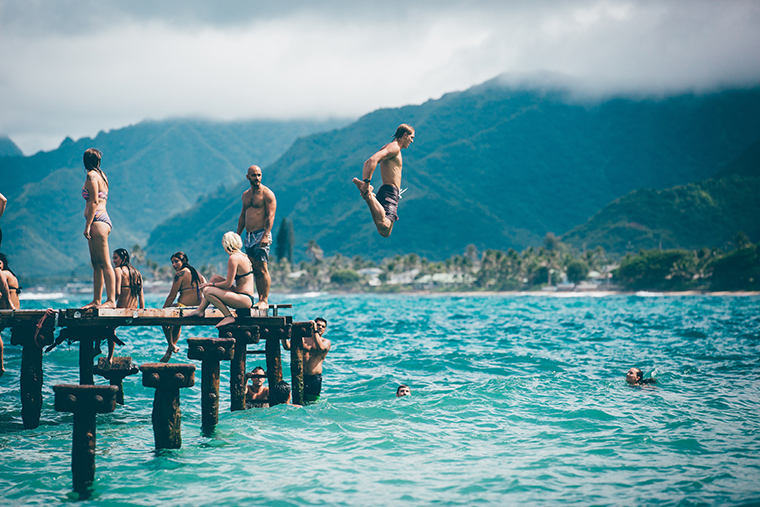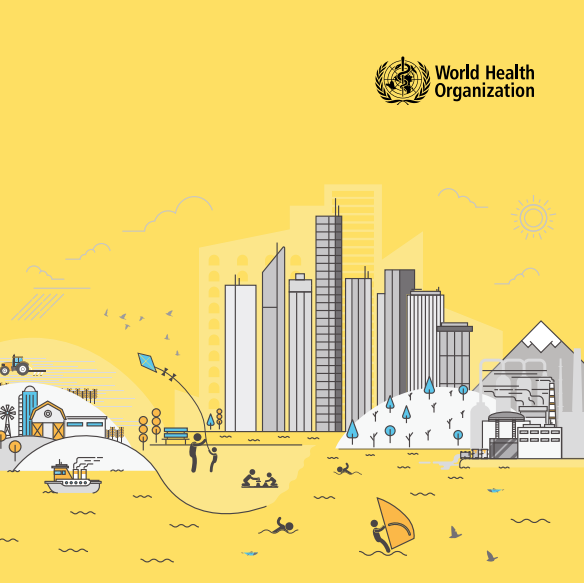BLOG | Bluephage
WHO publishes updated Guidelines on Recreational Water Quality, 13 July 2021

The Guidelines on Recreational Water Quality, which should be applied in conjunction with COVID-19 prevention measures, outline health-based water quality objectives and best practices for monitoring and surveillance, pollution control, and communication approaches, such as predictive modeling to let users know in real-time when it is safe to enter the water.
Recreational water use has long been recognized as having a major influence on health and well-being.
“Clean, well-managed waterfronts – whether oceans, lakes or rivers – are a focal point for communities and an economic draw for tourism and sporting events, but as human activity and climate change intensify, more beaches are prone to pollution, which can cause illness and even death,” said Dr. Maria Neira, Director of WHO’s Department of Environment, Climate Change and Health. “To manage these risks, countries that do not yet have a national recreational water safety framework should develop one, which should include forecasting the local effects of climate change on water quality.”


Pollution risks come from a variety of sources. For example, popular bathing spots can be affected by untreated sewage overflows, animal excrement runoff, and fertilizer from nearby farms, which can pose direct health risks and trigger toxic algal blooms. Some sites may also be affected by chemical contamination from industrial activities or be polluted by beach users themselves through poor sanitation, pet feces, and litter.
Apart from the obvious potential health implications for water users, all this also erodes the site’s welfare benefits and economic potential.
For these reasons, many countries worldwide regularly monitor water quality, promote measures to reduce pollution and provide timely information so that water users can make an informed decision about whether and where to bathe.
“The latest guidelines include objectives and risk management approaches based on scientific evidence and best practices from around the world, which are summarized in several recommendations to protect recreational water users better and anticipate risks to water quality,” said Kate Medlicott, head of WHO’s sanitation and wastewater team.
The three recommendations are to establish national health-based targets for recreational water bodies:
These include microbial levels (from fecal contamination); cyanotoxins (from harmful algal blooms); and, where warranted by risk and resource availability, other microbial hazards beach sand and chemicals;

In the case of microbial levels of fecal contamination, WHO suggests monitoring for bacteriophages.
Culturable viruses (human enteric viruses and bacteriophages) are useful fecal indicators of the effectiveness of wastewater disinfection, such as when chlorination or ultraviolet irradiation is used, or in environments with significant solar irradiation. These culturable human viruses include adenoviruses (Rodriguez et al., 2013), enteroviruses (Costán-Longares et al., 2008), and reoviruses (Betancourt, Gerba, & Abd-Elmaksoud, 2018). However, the methods are complex and expensive, and the total presence of enteric viruses (infectious and non-infectious) by qPCR will continue to provide value in identifying risk from human excreta (Vergara, Rose & Gin, 2016).
Several bacteriophages have been suggested as candidate indicators (McMinn, Ashbolt & Korajkic, 2017), but most attention has focused on coliphages (bacteriophages that infect E. coli). Coliphages are not specific to human excreta; they are present in many animal fecal sources and have been isolated from both fresh and marine recreational waters, although generally in low numbers (Contreras-Coll et al., 2002; USEPA, 2017). However, certain coliphage genotypes are more likely to indicate contamination by human excreta (Garcia-Aljaro et al., 2019).


